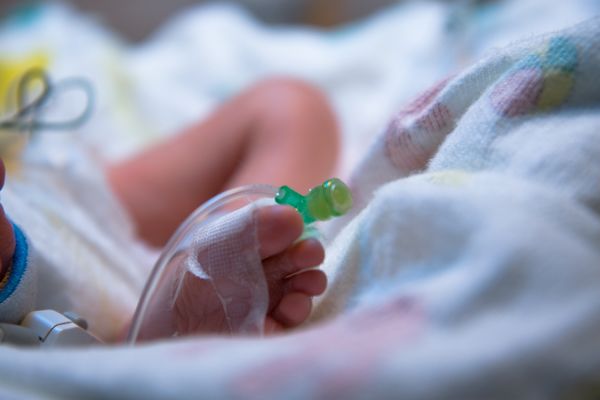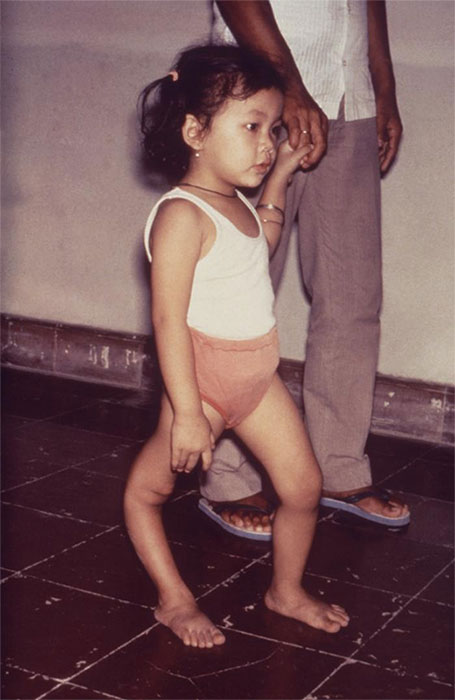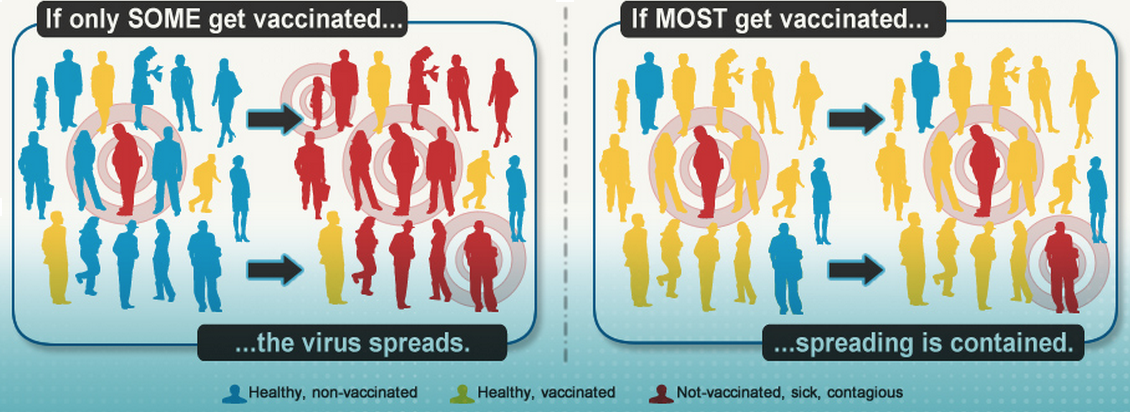Malaysia Just Had Its First Polio Case In Nearly 30 Years. Here's What You Need To Know
Yes, polio is infectious and potentially deadly.
A three-month-old Malaysian infant has been diagnosed with polio, the first case reported in the country in nearly three decades
The Ministry of Health confirmed that the baby boy from Tuaran, Sabah tested positive for polio after being admitted to a hospital with a fever and weakness of his limbs.
"The patient is being treated in an isolation ward and is in stable condition, but still requires assistance to breathe," said Health director-general Datuk Dr Noor Hisham Abdullah, as quoted by Malay Mail.
The case marks a grave resurgence of the potentially deadly infectious disease in the country
According to the US Centres for Disease Control and Prevention (CDC), poliomyelitis - or polio for short - is caused by the poliovirus. The virus can cause paralysis by invading a person's brain and spinal cord.
Poliovirus can spread either by the faecal-oral (ingestion of faecally-contaminated food or water) or respiratory route. Infection is more common in infants and young children, especially those living in unhygienic conditions.
While most people infected with the virus will only have flu-like symptoms, a small proportion will develop weakness or paralysis in their arms, legs, or both.
The paralysis can lead to permanent disability and death. Death occurs when the virus affects the muscles used for breathing.
The disease has no cure and can only be prevented through vaccination.
Malaysia was declared free of polio in the year 2000, after its last known case was reported in 1992
"The success in eradicating the disease previously was due to prevention efforts through the polio vaccination which was introduced in the National Immunisation Programme in 1972," explained Dr Noor Hisham.
Through the National Immunisation Programme, children are given the polio vaccine in four doses at two, three, five, and 18 months.
"The programme was made even more effective when the vaccine was changed from being administered orally to being administered through injection," he said.
For clarification, there are two ways to take polio vaccines: orally with the oral polio vaccine (OPV), or injected with the inactivated polio vaccine (IPV).
In the recent case, the child was confirmed to be infected with a type of circulating vaccine-derived poliovirus (cVDPV)
Now, before you jump the gun and cause alarm for thinking that the vaccine caused the baby's infection, read on:
According to the World Health Organisation, in comparison to wild strains of poliovirus, the vaccine-derived poliovirus is the attenuated (laboratory-weakened) virus used in the oral polio vaccine (OPV) in order to stimulate an immune response.
A person given the OPV will have the virus replicating in their intestines for a limited period, just enough to build up antibodies to develop their immunity.
However, during this period, the virus is also excreted through their faeces into the environment, where it begins to circulate.
If the population is well-immunised, this would surely not be an issue.
Unfortunately, in a seriously under-immunised community that has poor sanitation, the excreted vaccine-virus continues to circulate for an extended period of time, waiting to infect the next unvaccinated, susceptible human being.
Worse yet, as explained by Dr Noor Hisham, "The longer the virus spreads in the community, it will undergo genetic mutation until it once again becomes an active virus."
The injected inactivated polio vaccines (IPV) do not cause cVDPVs because the virus used in the vaccine is completely inactivated, not merely weakened.
The best protection from both types of polio, wild or not, is simple. As the Health deputy-general said, "Those who have been vaccinated will be protected from infection."
Investigations showed 23 out of 199 children, aged between two months and 15 years, in the area where the baby lived were not vaccinated
"This is a frustrating situation because the circulation of a cVDPV can only end with polio immunisation," Dr Noor Hisham said, as quoted by The Star, adding that vaccination rates needed to be above 95% to prevent infection.
By being vaccinated, an individual is not only protected from being infected themselves but they also cannot pass this infection onto other people, thus generally stopping the spread to the entire population.
This phenomena is also called 'herd immunity', as is advocated by the Ministry of Health.
Currently, the Ministry of Health is focusing efforts on containing the situation in the village of Tuaran
"We have started action and we have covered all the houses there," said the Health deputy director-general Dr Chong Chee Keong. "This entails checking for signs of symptoms and contact with the polio patient."
According to CodeBlue, Dr Chong also said all children in the Sabah village have now been vaccinated. Other high-risk areas in Sabah will be identified, have their vaccination status determined, and vaccines provided.
Continuous monitoring of polio in the environment is also being done through sewage sampling at six water treatment plants in Sabah, although no wild or vaccine-derived polio virus have been found in any of the samples yet.






